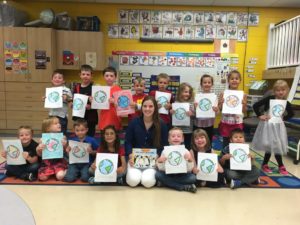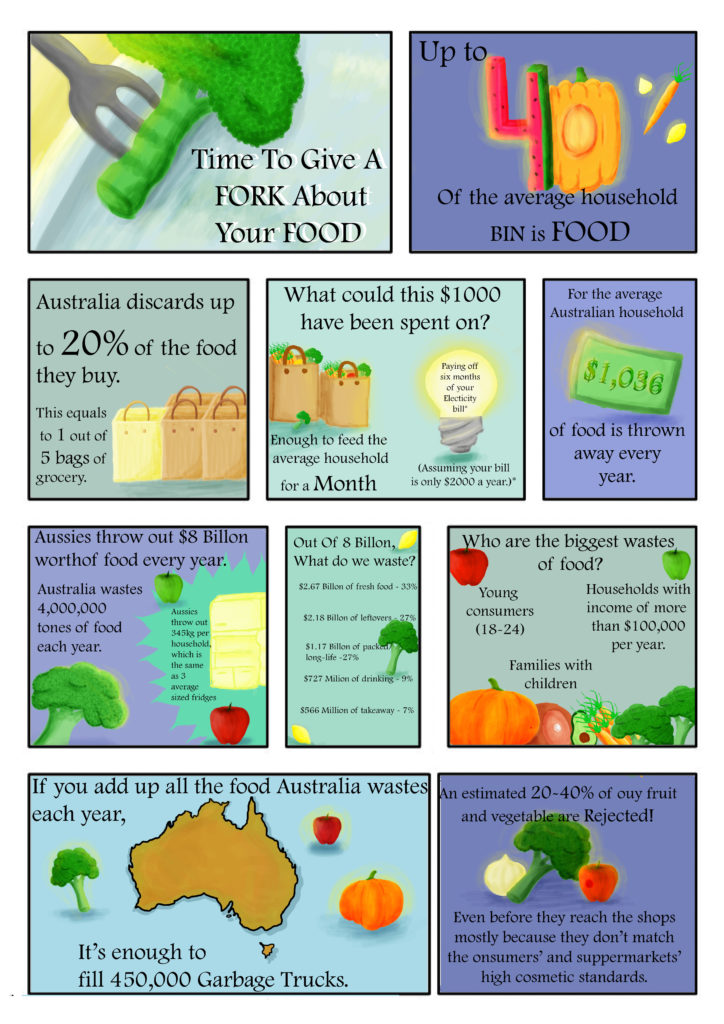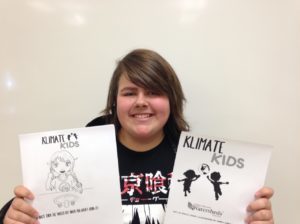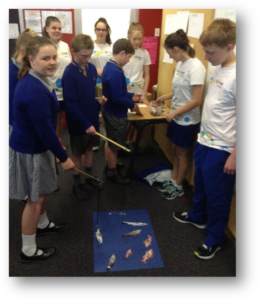2016, CINCINNATI, OH, UNITED STATES
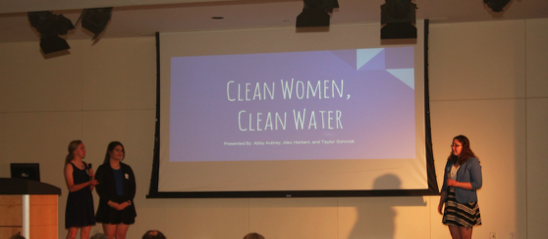
Abigail Aubrey, Taylor Schmidt, and Alex Herbert attend Mount Notre Dame High School, whose student body is entirely female. They learned that a major problem for watersheds is that girls are flushing their menstrual products down toilets, impacting plumbing and creating waste that sits in landfills. To combat this problem, the group wanted to educate their peers and encourage them to try reusable pads and menstrual cups.
Women throw away and flush hundreds of disposable products and their packaging every month, driven by an industry that promotes the mindset of “out of sight, out of mind”. Disposable pads or tampons aren’t out of sight or mind, however, they are everywhere. To avoid toxins and the waste from traditional products, there are reusable alternatives. One menstrual cup or reusable pad will prevent waste and the cost of disposable products each month.
To educate the women of their school, Abigail, Taylor, and Alex created a week-long event called “Pad Wars”. During this week each grade is challenged to raise the most feminine hygiene products to send to Uganda so that young girls can continue to go to school. If someone brings in reusable products, they will receive extra points. Then after school, students would be able to attend a workshop about the importance of the watershed and receive a reusable menstrual cup. Through education, the group’s hope is that their peers are called to change their habits. In that way, they will be helping their watershed while taking care of their bodies!



